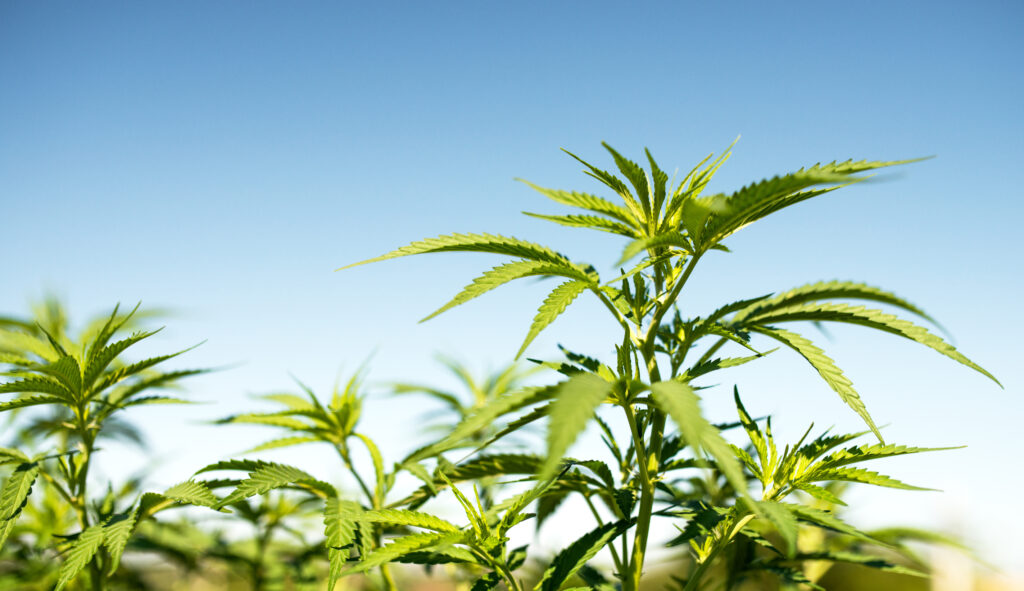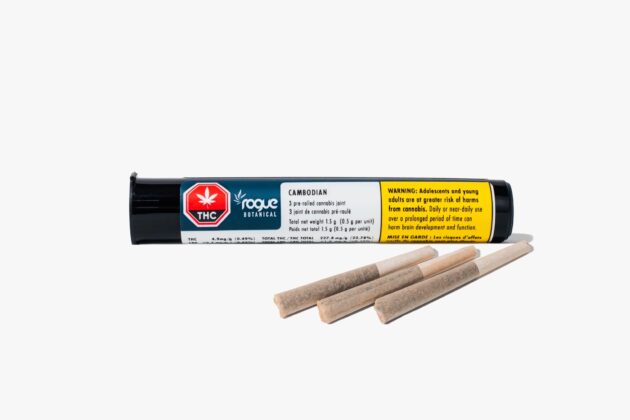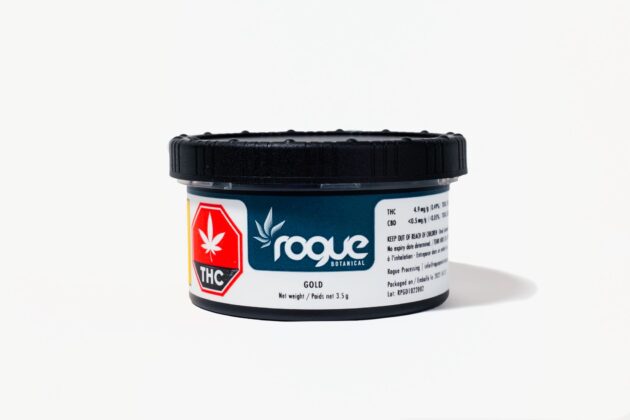
Features
Opinion
Cultivation
Opinion
Production
Rogue Botanical: Growing landrace on the threshold of the Prairies
Purist legacy grower turned LP master grower Grant Wittevrongal talks prairie sun, landrace genetics, and why "the best dope wins"
February 16, 2023 By Haley Nagasaki
 Photo: Adobe Stock
Photo: Adobe Stock In January, an unrelated trip to Winnipeg had me thinking that I might also make use of the time to tour an LP in the province. I reached out to a Manitoba-based medical cannabis clinic I’d recently connected with and, drawing off their local knowledge, asked who they might suggest.
That’s when Rogue Botanical appeared on my radar.
Rogue Botanical is one of three standard license holders in the province, and is located in a rural town called Niverville, about 40 minutes from Winnipeg
I was put in touch with Rogue’s co-founder Matthew Tkachyk, who ended up being out of the country when I arrived. Tkachyk informed me that their master grower Grant would be there to answer my questions.
From the plane and into an Uber, I made my way to Niverville in the peak of winter, traversing snow-covered roads on the threshold of the Prairies. When I arrived at the rural location, with a group of greenhouses and buildings fenced in, the dry blustery cold came to meet me. Refreshing, I thought, in contrast to the unseasonably mild but damp Southern Ontario cold.
Master grower Grant Wittevrongel came to greet me and into the office we went for a chat, though I was not expecting to hear the legacy tales from decades past. Of the first-person recounts and colourful characterization of events, what I can say is that it captured my full attention.
“So, naturally,” he tells me, “when my two partners looked me up, I thought they were cops!”
Partners in compliance
Rogue Botanical was founded less than two years ago by a pair of small-town Manitoba farmers, Matt Tkachyk and John Fayed, both coming from an extensive line of familial farmers.
Fayed’s no-spray grow methods informs the name of their cannabis operation today. That’s because the practice of allowing plants to grow out, then walking through the field and pulling the weeds is called ‘roguing.’ Fayed’s father was also the first hemp farmer in Manitoba.
Tkachyk is a “7,000-acre farmer,” says Wittevrongel. “And he walked away from that to do the cannabis game – to do that something special.”
In addition to their family roots, Rogue boasts landrace strains in their operation and some of the most favourable lighting in the country due to the UV strength and quality of the prairie sun. While the unforgiving cold pushes their grow beneath bulbs for part of the year, it is their old family roots and the irreplicable impact of natural sunlight that is at the heart of this operation.
Prairie sun
Having grown all over North America, Wittevrongel describes how “a cannabis plant’s natural defense against UV is to produce crystal. They pack on the terpenes and oils to reflect the UV off the leaf, so it doesn’t get hot.”
“In Manitoba, we get a lot of sun. We have intense UV but it’s only for 25 per cent of your photoperiod. So, your plant can warm up to it, absorb it, and still have a dry diaper before it goes to bed,” he laughs.
The old school grower spoke about emulating environment as the catalyst for growing cannabis, regardless of the strain.
“Where in Ontario,” he says, “you don’t get that shift.”
High season summer weather in Ontario remains humid into the night, whereas in Manitoba, “it might be 30 or 35 in the day, and 18 at night,” he continues. “In the Himalayas, it’s the same.”
Rogue Botanical grows landrace strains due to interest in preserving genetics. Grant tells me it’s because when you breed two strains together, you’re losing some characteristic, and you don’t always know what you’re losing. “So, we’ve left everything as God created it; we haven’t bred.”

Cambodian strain. Photo: Rogue Botanical
Rogue Botanical also works closely with research scientist and professor of biological sciences Dr. Mark Belmonte at the University of Manitoba, having brought their genetics to him for the purposes of research and testing.
Packaging and distribution
Rogue received their cultivation license in June of 2021, and last year they were approved for their processing license, which is now a sister company across the street from their production facility.
Rogue uses liquid nitrogen in their packaging because of “the effect it has when you open the pack, and because the liquid nitrogen doesn’t allow the terpenes to stick to the pack.”
Currently Rogue products are sold all over Manitoba and Saskatchewan, and they’ve recently been licensed in the Yukon – a region in which he believes their “Gold” strain will be a big hit.

Gold strain. Photo: Rogue Botanical
Wittevrongal sees success as a formula, crossing a standard license with legacy knowledge and the production of craft at scale – growing indoors during the winter, and of course greenhouse in the summer.
“Quality is everything,” he says, “and the best dope wins.”
“I don’t care if it’s 1980 or 2030 – the best dope wins. And it’s not the number on the pack, it’s the delivery of the high,” he concludes. “That’s what makes somebody come back and ask for you by name.”
Print this page